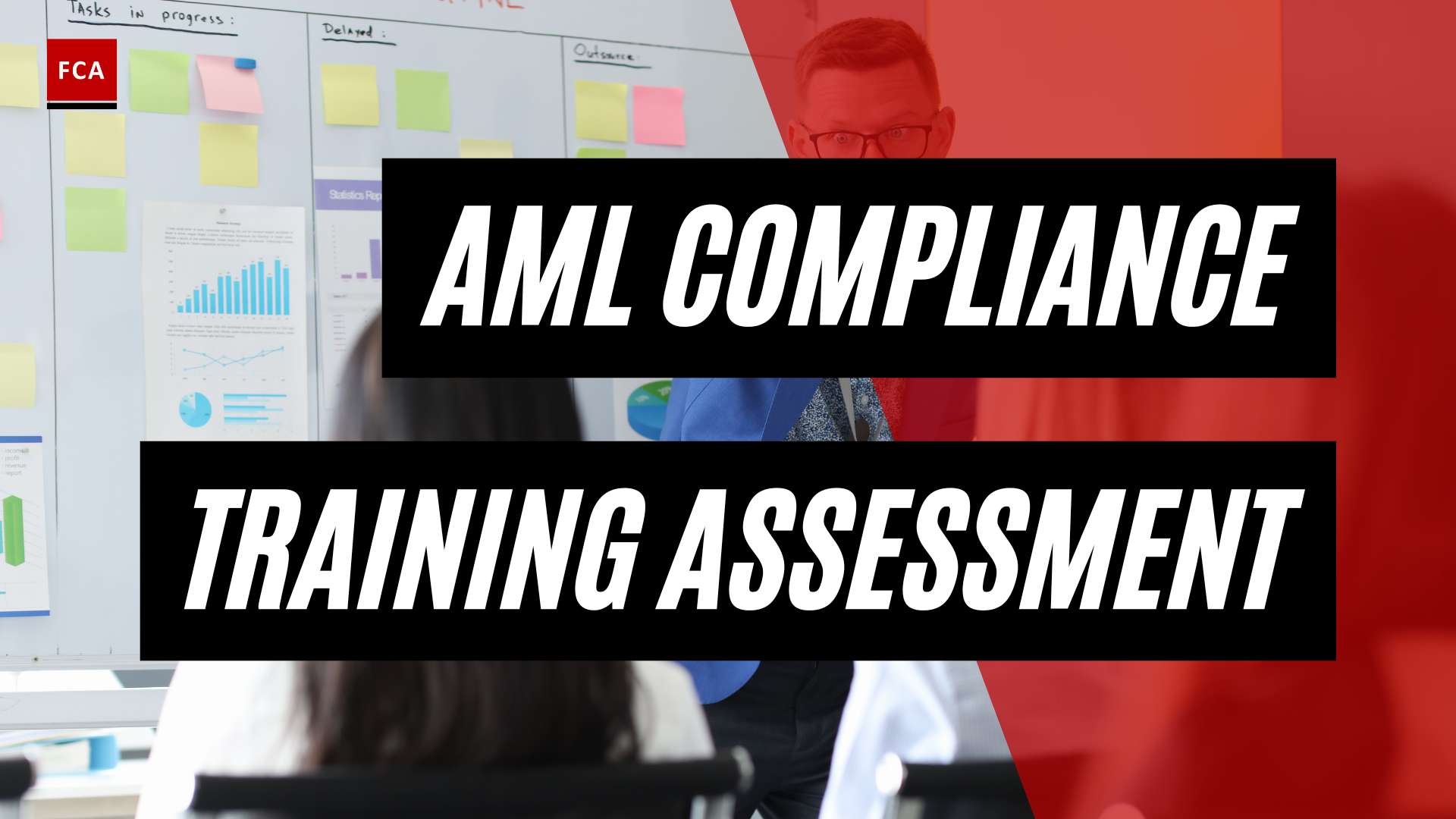Who can we blame for the confidential FinCEN SAR Files leaked by the International Consortium of Investigative Journalists (ICIJ) to the mainstream media? Some experts have contributed their opinion, and they think the FinCEN Suspicious Activity Reports (SARs) should be blamed on the system rather than the banks.
Despite the fact that banking is the most severely regulated business in terms of Sar anti-money laundering and countering the financing of terrorism (AML/CFT), the leaked FinCEN files increase concern on the level of financial crime compliance related to money laundering and other suspicious financial activities going through the worldwide banking system. We will share our initial thoughts on the FinCEN Files and what the reports reveal about the present status of global financial crime compliance.
Table of Contents
- Key Takeaways
- What Is FinCEN SAR?
- Huge Volumes Of FinCEN SAR – Are Banks Reporting Enough Information?
- Compliance Vs Profit – The Balance Is Still Far From Perfect
- Will FIUs Be Able To Handle The Influx Of FinCEN SARs?
- The Importance Of Financial Crime Compliance Has Never Been Greater
- Summary
Key Takeaways
- The FinCEN files obtained by the International Consortium of Investigative Journalists (ICIJ) contain Suspicious Activity Reports (SARs) filed with FinCEN.
- Banks have taken it upon themselves to report huge volumes of SARs.
- The effectiveness of financial crime compliance and why it is important.
What Is FinCEN SAR?
FinCEN SAR is a term used to refer to the document issued by financial institutions on a suspected case of money laundering or fraud which are filed with the Financial Crimes Enforcement Network (FinCEN).
Simply put, when there is a suspected case of money laundering or fraud, financial institutions and those involved with their business must file a Suspicious Activity Report (SAR) with the Financial Crimes Enforcement Network (FinCEN). These reports are instruments to help monitor any conduct in the banking industry that is judged unusual, a precursor to unlawful action, or could endanger public safety.
Huge Volumes Of FinCEN SAR – Are Banks Reporting Enough Information?
When it comes to financial compliance, it’s simple to blame institutions for any lapses in process or judgment. This is because they are the primary gatekeepers of the global financial system. They are responsible for detecting and reporting any unusual (or possibly suspicious) financial activity that passes through their networks. Yet, while banks are the “obvious suspects” when it comes to unearthing shady financial dealings, the general public is unaware of the existence of “Financial Intelligence Units” (FIUs) in the battle against financial crime.

FIUs serve as a vital link between the private sector that reports suspicious activity and the law enforcement agencies tasked with investigating and prosecuting criminals. The banks have been providing the needed leads and intelligence. In fact, between 2011 and 2017 – 12 million SARs were received by the United States FIU and more than two million in 2019 and about 573,085 SARS between April 2019 and March 2020.
The sheer volume of Suspicious Activity Reports (SARs) sent to FinCEN underscores the importance of FIUs in a country’s national AML/CFT regulatory system. Yet, the FinCEN Files are a drop in the ocean – accounting for less than 0.02 percent of all SARs filed throughout the major period they cover.
The increase in the number of FinCEN SARs filing submitted at this time raises concerns. Is it because there is more financial crime that more reports are being filed? Is it true that financial institutions are getting better at spotting suspicious activity? Or are they more likely to report more FinCEN SARs on the defensive and obey financial compliance than go through the lengthy analysis process?
While the quantity of FinCEN SARs Filing has increased, the quality of such SARs needs more attention. According to the FinCEN Files, financial institutions must go above and beyond to report suspicious activities more effectively. The disclosed documents which include SARs implies that banks have been spotting suspicious transactions and taking steps to report them with some success. It would have been far worse if those transactions had gone through without any FinCEN filing.
However, simply filing a SAR to check a compliance box isn’t enough. The authorities will appreciate the information significantly less if it is not sufficiently thorough or is submitted a long time after the transaction has occurred. That’s when the procedure loses its effectiveness. Additionally, in order for the system to be fully functioning, any confirmed illegal behavior must be followed upon. Banks could use asset freezes, forfeitures, and prosecutions to end suspicious business partnerships and authorities might enforce asset freezes, forfeitures, and prosecutions.
Compliance Vs Profit – The Balance Is Still Far From Perfect
The leaking of the FinCEN Files has exposed flaws in the financial crime compliance ecosystem. The “too little, too late” nature of present methods for addressing financial crime is exemplified by the retrospective FinCEN SARs Filing.
Other flaws in the system have also been uncovered as a result of the incident, including:
- Clients who should never have been onboarded in the first place, either because banks failed to identify beneficial ownership or because anti-financial crime risk policies were ineffective or non-existent, indicating that no business should be done with them.
- Clients with whom the bank should have ended their relationship owing to ongoing due diligence checks.
Controls for screening are critical in this situation. Adverse media and enforcement screening is a critical technique for detecting AML/CFT risks. It allows institutions to determine whether the person they’re onboarding is involved in fraud, corruption, or another financial crime early on. This should allow the bank to refuse to open the account, preventing them from detecting and reporting suspicious transactions.
However, when determining whether to prioritize their AML/CFT duties or the chance of a handsome commission, banks face interesting conflicts of interest. More needs to be done to ensure complete and prompt reporting of suspicious activity in the interest of combating crime, regardless of whether or not banks would suffer a financial cost.
Will FIUs Be Able To Handle The Influx Of FinCEN SARs?
It is not the business of banks to investigate and prosecute financial criminals, despite the fact that they are the frontline of regulations and have a duty to avoid aiding suspicious transactions. Of course, law enforcement agencies play a role in this. What happened to the 12 million SARs that were filed between 2011 and 2017? Conducting in-depth examinations into each would have taken a significant amount of time and money.
According to US Treasury records, the number of individuals working at FinCEN has declined by more than 10% since 2010, but the number of SARs has increased. In 2017, Jamal Al-Hindi, the acting head of FinCEN, testified to the US Congress about the department’s employment problems.
Public agencies, like the commercial sector, must find a balance between cost and satisfying their commitments. Efficiency is thus a challenge for financial firms and regulators, as they attempt to offer the required intelligence to the judiciary to investigate and prosecute offenders. Unfortunately, there have been other failures in this area; Germany raided its own FIU earlier this year due to a backlog of suspicious activity reports. While it is undeniable that banks play a critical role, regulators must also live up to their standards.
The Importance Of Financial Crime Compliance Has Never Been Greater
The industry concludes that the key flaws in the battle against financial crime aren’t due to a lack of formal legislation, advice, standards, or best practices, but rather to the fact that these compliance processes are overly formal, reducing their efficacy. Many detractors believe that AML/CFT compliance is merely a “box-ticking exercise” and that this undermines the end goal of genuinely disrupting the activities of financial criminals. As a result, theoretical rules and procedures and aspirational legislation fall short in terms of implementation and enforcement.
The Financial Action Task Force describes the US as just “mostly compliant” when reporting suspicious behavior (FATF Recommendation 20). “Several moderate flaws in terms of scope (non-covered IAs), aggregated criteria, and time allowed to file SARs (30 and 60 calendar days),” according to the evaluation.
While the FATF recognizes that the United States has one of the most effective AML/CFT regulatory frameworks in the world, it is not yet sufficient. FinCEN appears to recognize the need for more efficiency and recently issued a consultation to improve AML/CFT program efficiency. The Bank Secrecy Act may be amended, according to the Advance Notice of Proposed Rulemaking (ANPRM), “to provide financial institutions greater flexibility in resource allocation and greater alignment of priorities across industry and government, resulting in enhanced effectiveness and efficiency of counter-money laundering programs.”
The announcement’s timing is not coincidental. As the recent leak has demonstrated, FinCEN is well aware that the current regulations fall short of their goal of blocking the flow of illicit funds around the world.
Summary
In scandals like the FinCEN Files, no one wins — except perhaps the media, which profits from sensationalist headlines. Neither the banks nor the regulators are portrayed in a favorable light. This situation, on the other hand, might be utilized as a rallying cry for positive change. A stronger public-private partnership and collaboration in other sectors could be one step forward in ensuring the correct information is exchanged between institutions.
The FinCEN Files have opened the door to a shift in norms, a greater emphasis on skills and procedures, and a move away from “box-ticking.” Finally, it’s an opportunity for everyone in the sector to band together to achieve the important goal of effectively preventing criminals from profiting from their ill-gotten profits.









